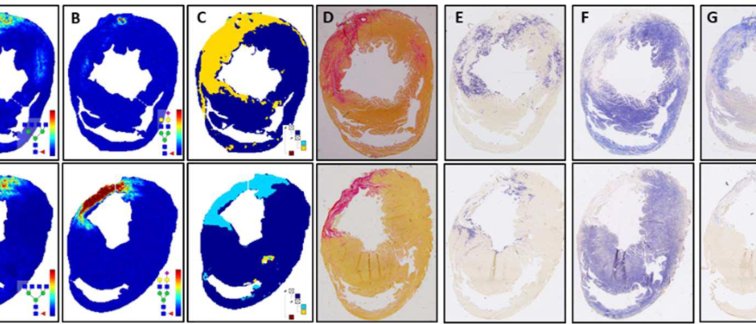Congenital abnormalities are found in approximately 3% of live births and cause a quarter of neonatal death in humans. The N- and O-linked glycosylation status of proteins is known to alter protein function. Aberrant glycosylation changes during embryonic development result in congenital abnormalities. Congenital disorders of glycosylation (CDG) are suggested to display a broad phenotypic diversity, including muscle, bones, cartilage, retina and heart.
Maurice van den Hoff and his team have identified the secreted glycoprotein Follistatin-like 1 (Fstl1), which shows a dynamic variety of glycoforms during development based on Western blotting. Studies evaluating the functions of Fstl1 report opposite functions depending on the model studied.
Deletion of Fstl1 from the mouse genome results in skeleton, lung, heart and urogenital track abnormalities. As of yet, molecular analyses have not identified a unifying signaling mechanism for Fstl1. These findings resemble the phenotypic diversity found in CDG. Taken together this led to the hypothesis that spatiotemporal differences in the glycosylation status of Fstl1 regulate development and growth of the embryo.
With the AR&D In Between (type 2) grant they received for this project, they were able to bring together the different expertises of three research group in the AMC, UV and Leiden. In this collective effort they established that (1) the glycosylation states of Fstl1 is dynamic using mass-spectrometry imaging (MSI) and glycoproteomics, (2) the spatiotemporal pattern of N-glycosylation is different between the various cell types of an organ and (3) changes with development and disease using MSI and lectin staining of sections.
The collective data point to a signalling pathway involving a dynamic cellular glycoproteome during development and disease. Further analyses are indicated to explore and open this new field of research.

